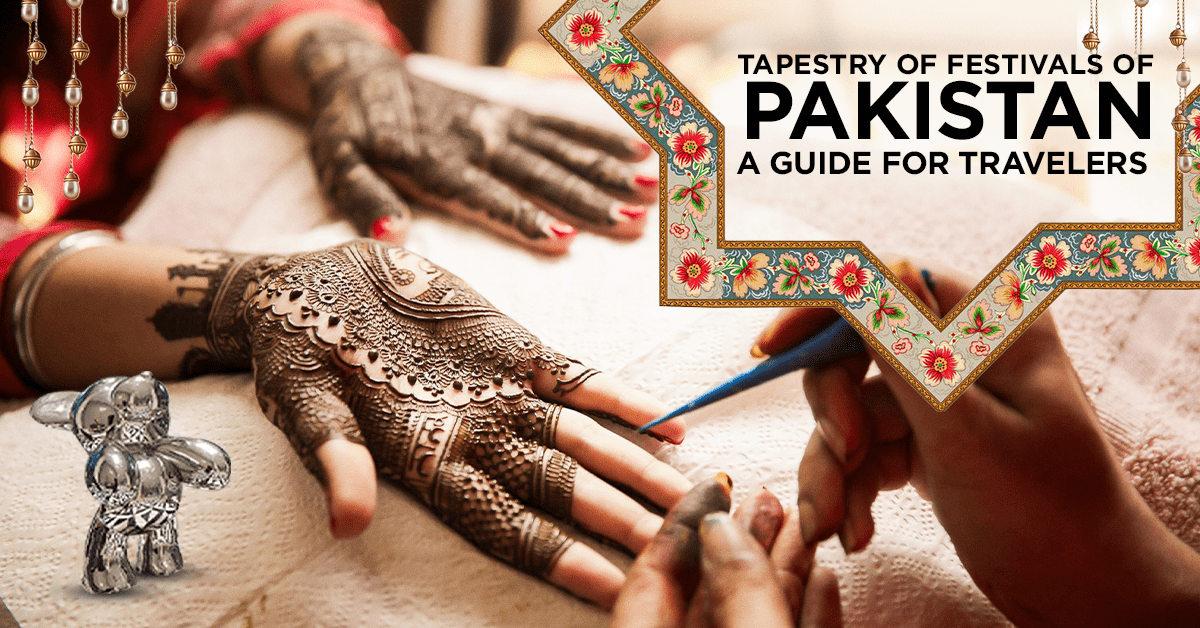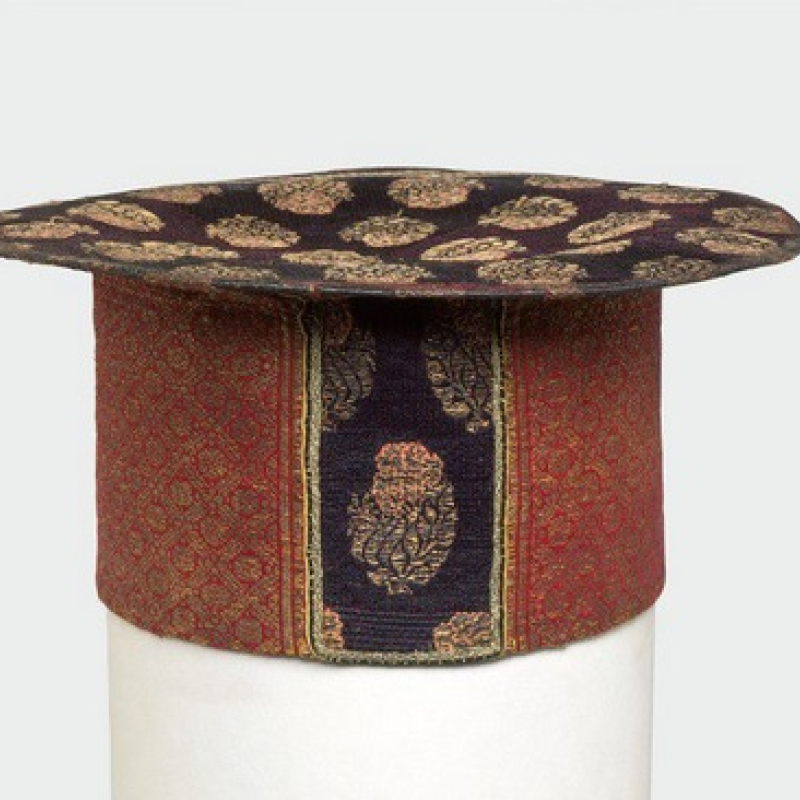Table of Contents
- The Historical Roots of Sindhi Culture
- Spirituality and the Legacy of Sufism
- Art and Literature: A Rich Tapestry of Creativity
- Sindhi Cuisine: A Celebration of Flavors
- Festivals and Traditions: Strengthening Community Bonds
- The Global Influence of Sindhi Diaspora
1. The Historical Roots of Sindhi Culture
Sindhi culture originates from the Sindh region, historically known as the cradle of the Indus Valley Civilization. This ancient culture is one of the oldest in the world, enriched by a history of trade, migrations, and conquests. Sindh has been a melting pot of various civilizations, including the Persian, Greek, Arab, and Mughal empires, each leaving an indelible mark on its culture.
The Sindhi identity is deeply rooted in its connection to the Sindhu (Indus) River, which has not only sustained the region economically but also spiritually and culturally. This historical context has given rise to a community known for its resilience, adaptability, and creativity.
2. Spirituality and the Legacy of Sufism.
Spirituality is at the heart of Sindhi culture, with Sufism playing a pivotal role in shaping its ethos. The teachings of Sufi saints like Shah Abdul Latif Bhittai and Lal Shahbaz Qalandar emphasize love, harmony, and the oneness of humanity. Their poetry and philosophies continue to inspire Sindhis and non-Sindhis alike.
Shrines of these saints, such as the Shrine of Lal Shahbaz Qalandar in Sehwan Sharif, are not just places of worship but also centers of cultural and spiritual activities. Devotional music, such as Sufi Qawwalis, remains an integral part of Sindhi spiritual traditions.
3. Art and Literature: A Rich Tapestry of Creativity
Sindhi art and literature reflect a deep connection to the land, spirituality, and human emotions. Sindhi poetry, particularly the works of Shah Abdul Latif Bhittai, holds a special place, blending metaphors of love and devotion with the beauty of nature.
The Ajrak and Sindhi topi are iconic symbols of Sindhi craftsmanship, representing a heritage of textile artistry. Sindhi folk tales, songs, and dances capture the essence of its cultural narrative, offering a glimpse into the region’s vibrant history and values.
4. Sindhi Cuisine: A Celebration of Flavors
Sindhi cuisine is renowned for its rich flavors and hearty dishes that combine a variety of spices and ingredients. Signature dishes like Sindhi Biryani, Sai Bhaji, and Sindhi Curry showcase the community's love for food and its culinary innovation.
Food in Sindhi culture is more than sustenance; it is a means of celebration and bonding. Traditional recipes are often passed down through generations, preserving the culinary heritage of Sindh.

5. Festivals and Traditions: Strengthening Community Bonds
Sindhi festivals and traditions emphasize community and cultural pride. Celebrations like Cheti Chand, the Sindhi New Year, honor Jhulelal, a revered figure in Sindhi spirituality. These events foster unity and a sense of belonging among Sindhis worldwide.
Rituals, ceremonies, and family gatherings are central to Sindhi traditions, reflecting the community’s emphasis on strong interpersonal bonds. Whether in Sindh or among the diaspora, these cultural practices remain a cornerstone of Sindhi identity.
6. The Global Influence of Sindhi Diaspora
The Sindhi diaspora has spread across the globe, carrying its culture to new shores while fostering connections with their roots. Sindhis are known for their entrepreneurial spirit and have made significant contributions in business, arts, and philanthropy worldwide.
Despite being far from their homeland, Sindhis maintain their cultural identity through language, cuisine, and festivals, ensuring that the essence of Sindhi heritage thrives across generations.



You must be logged in to post a comment.